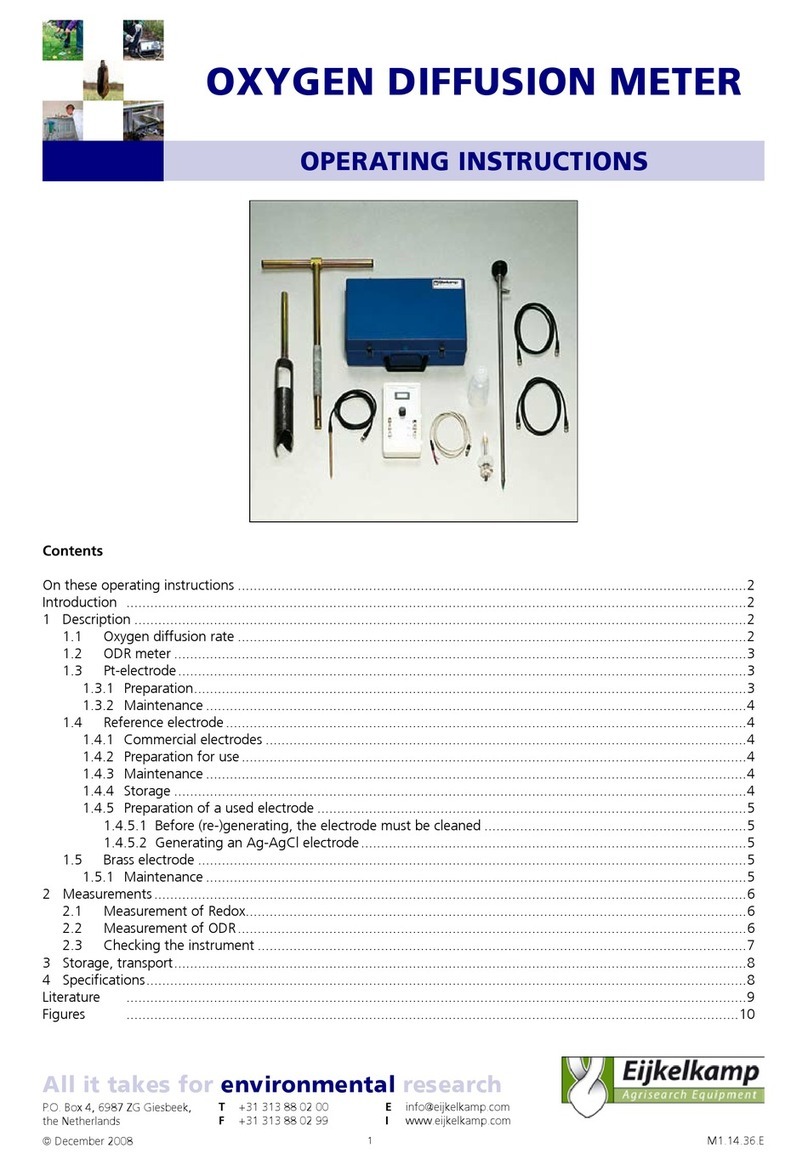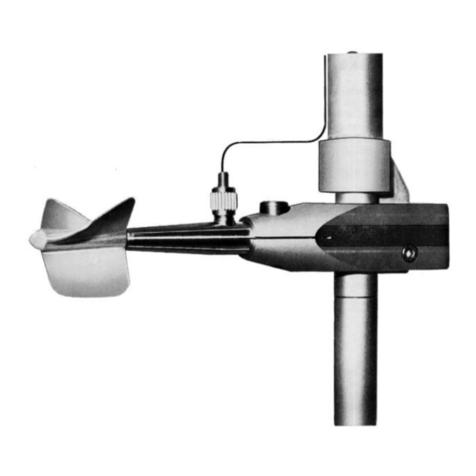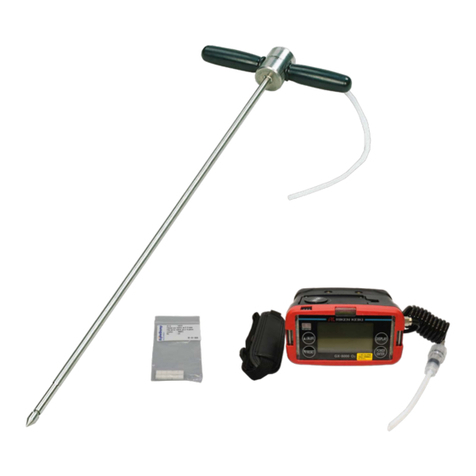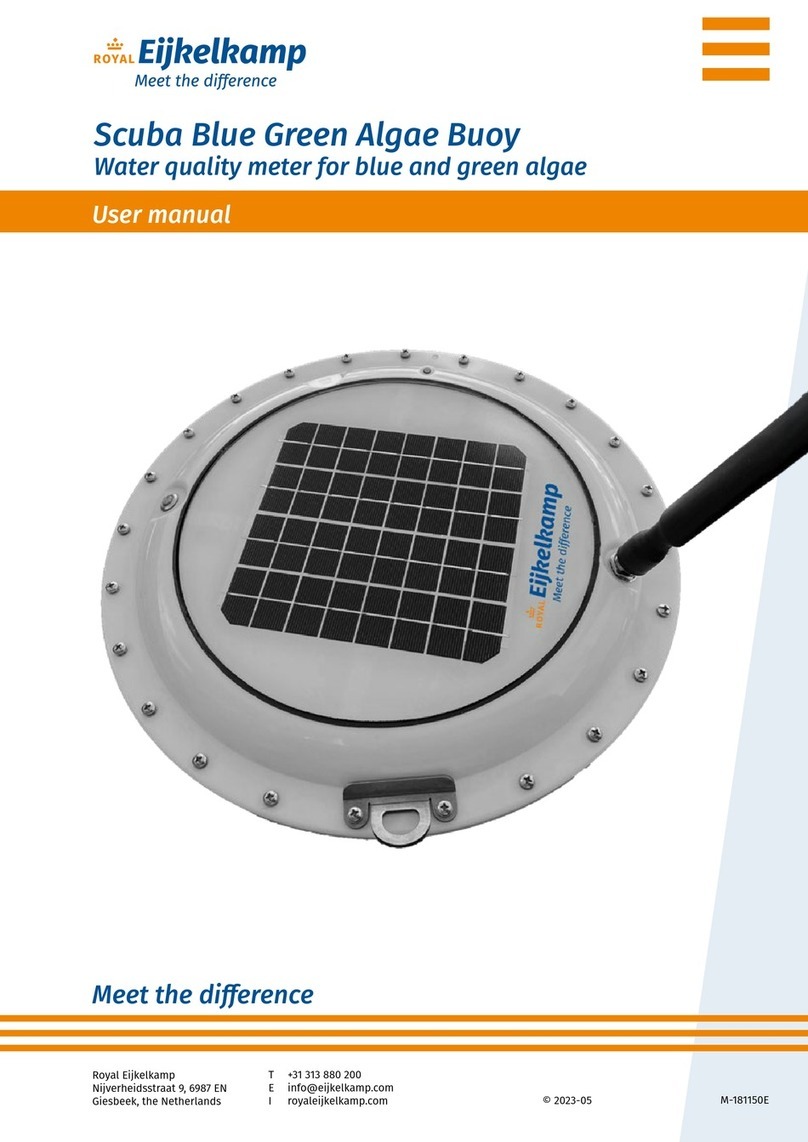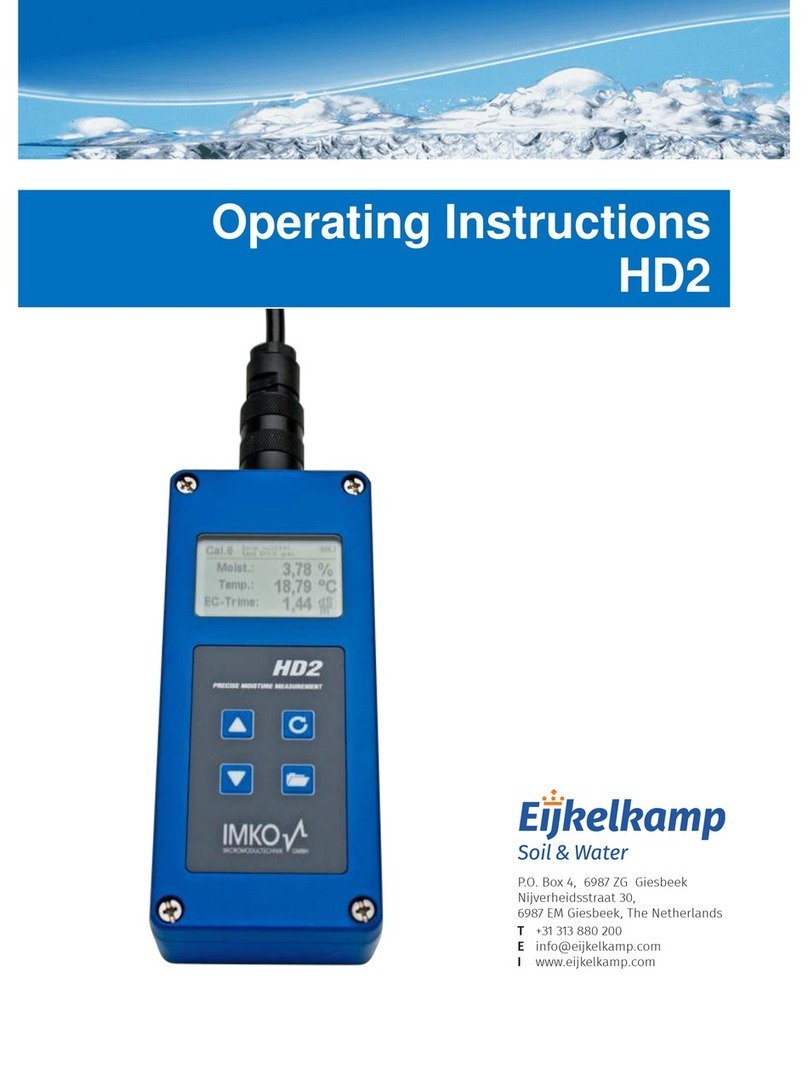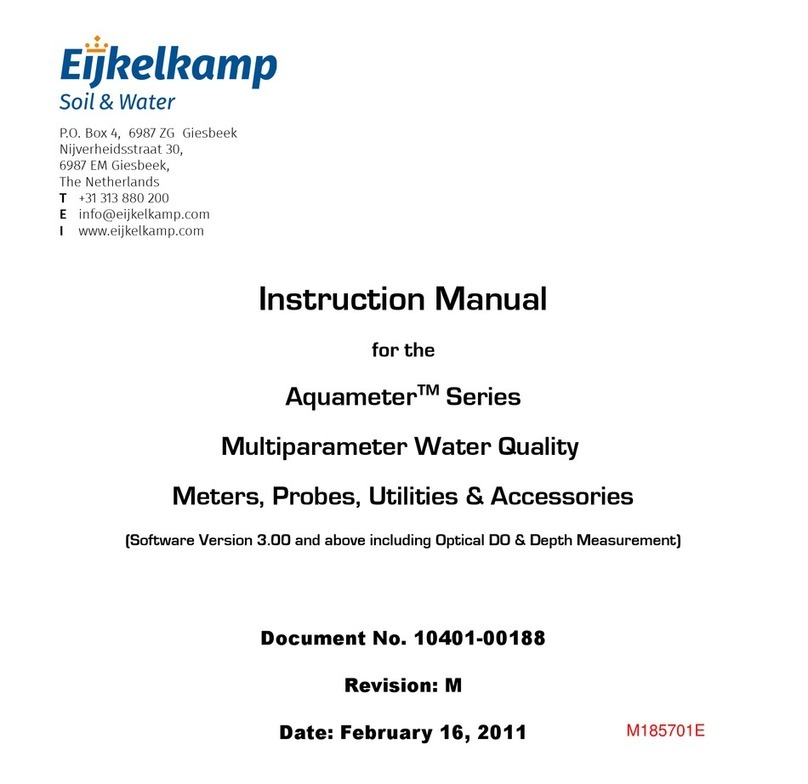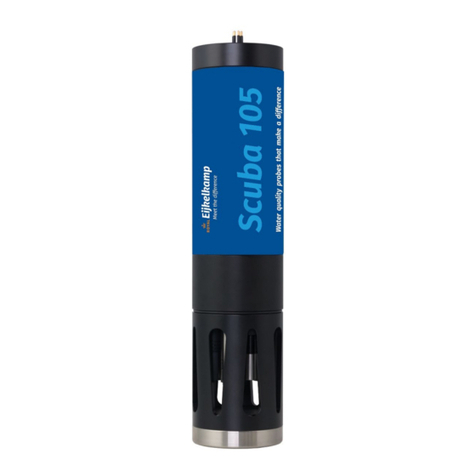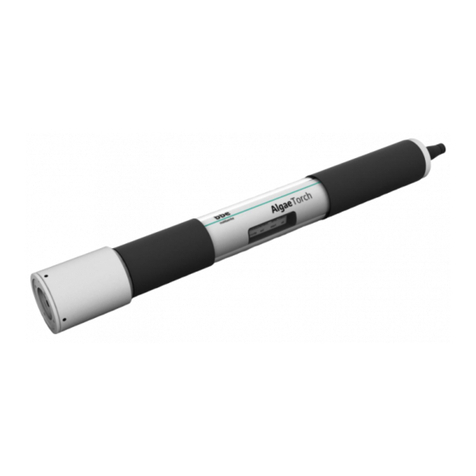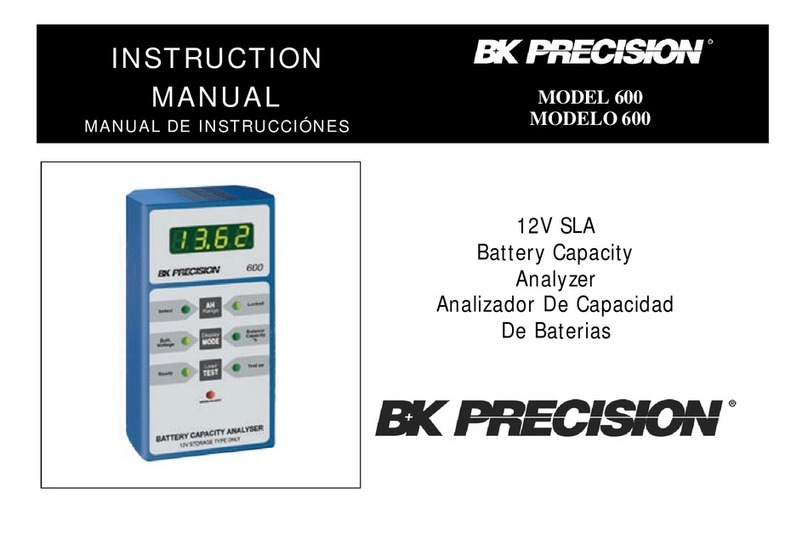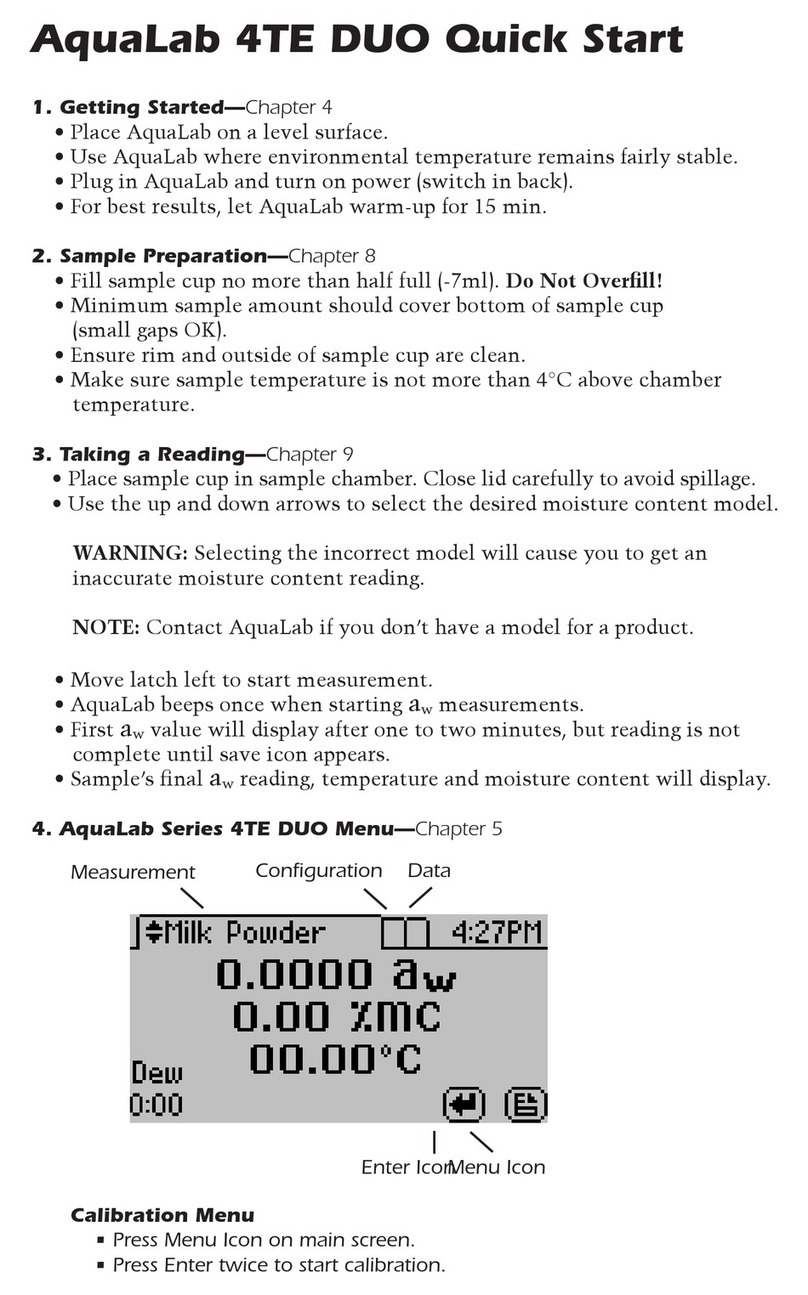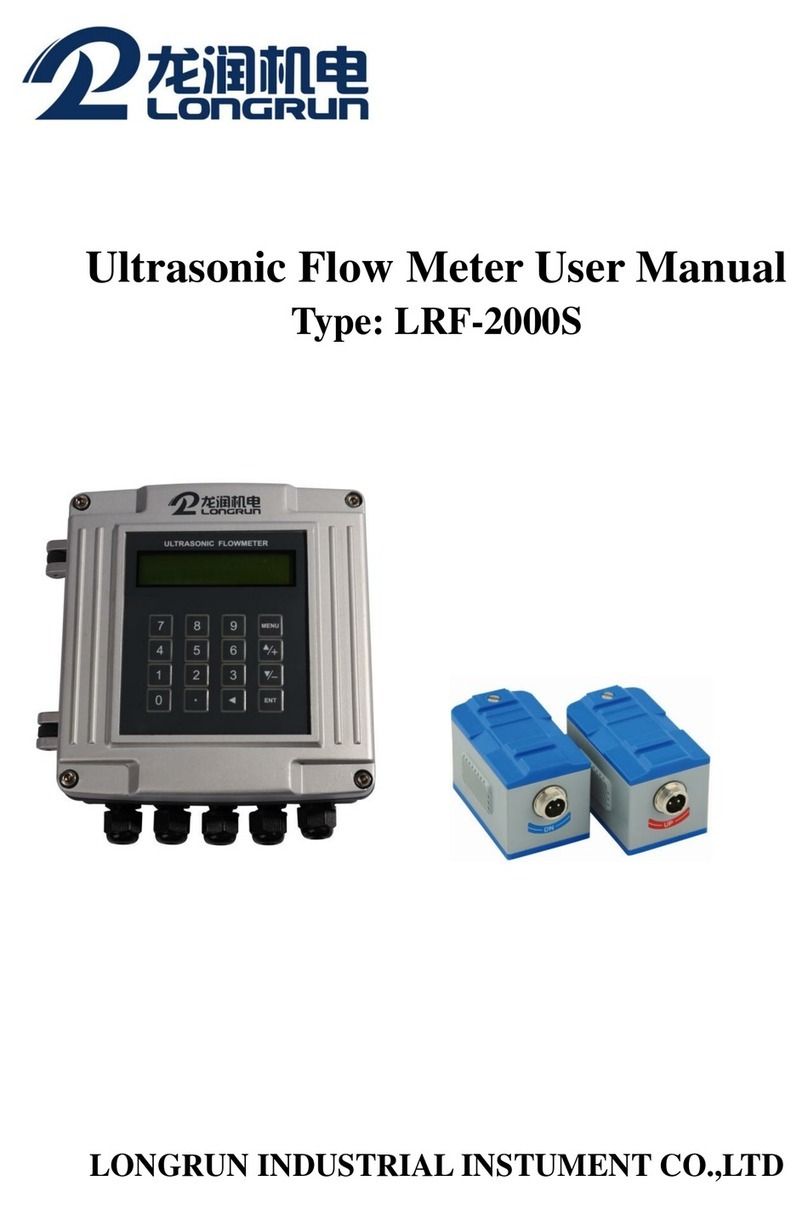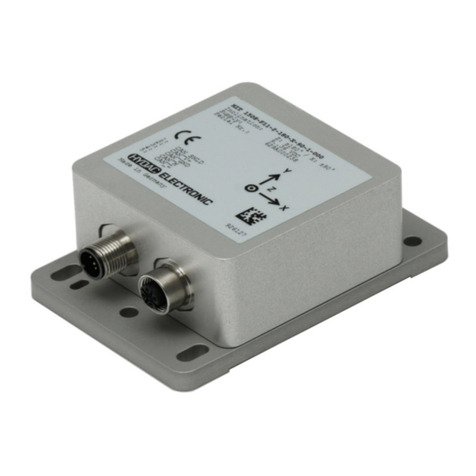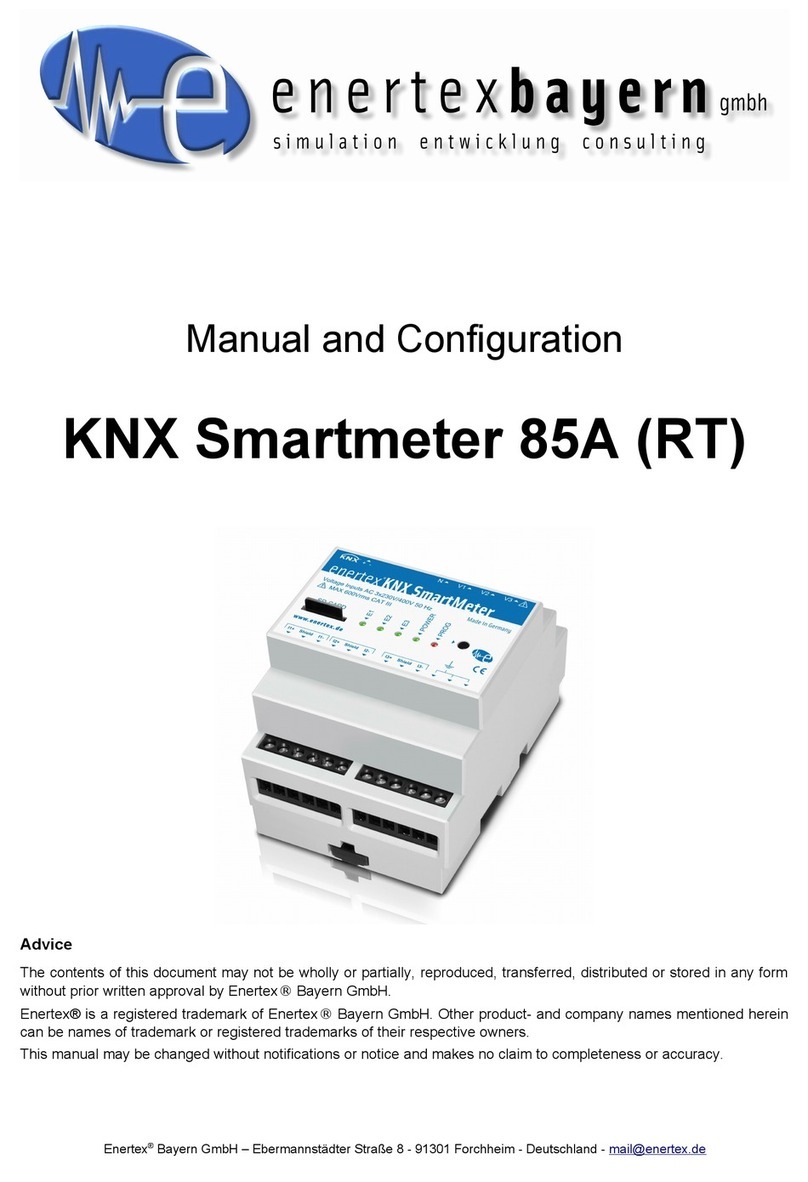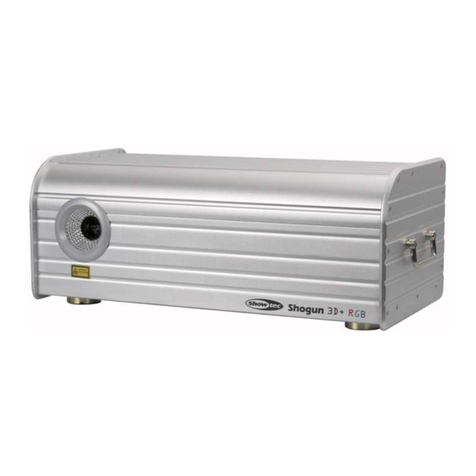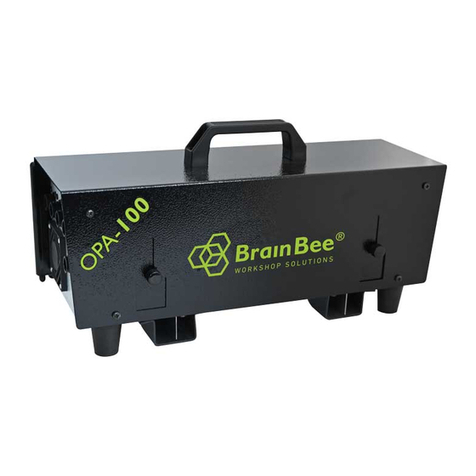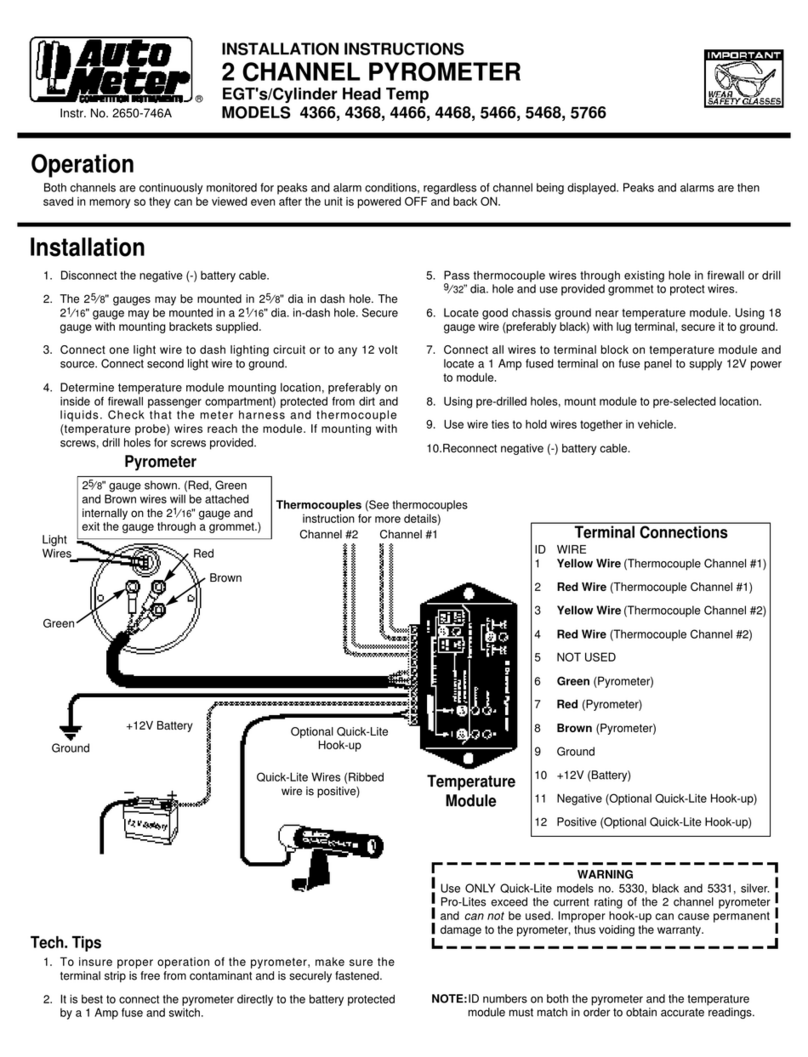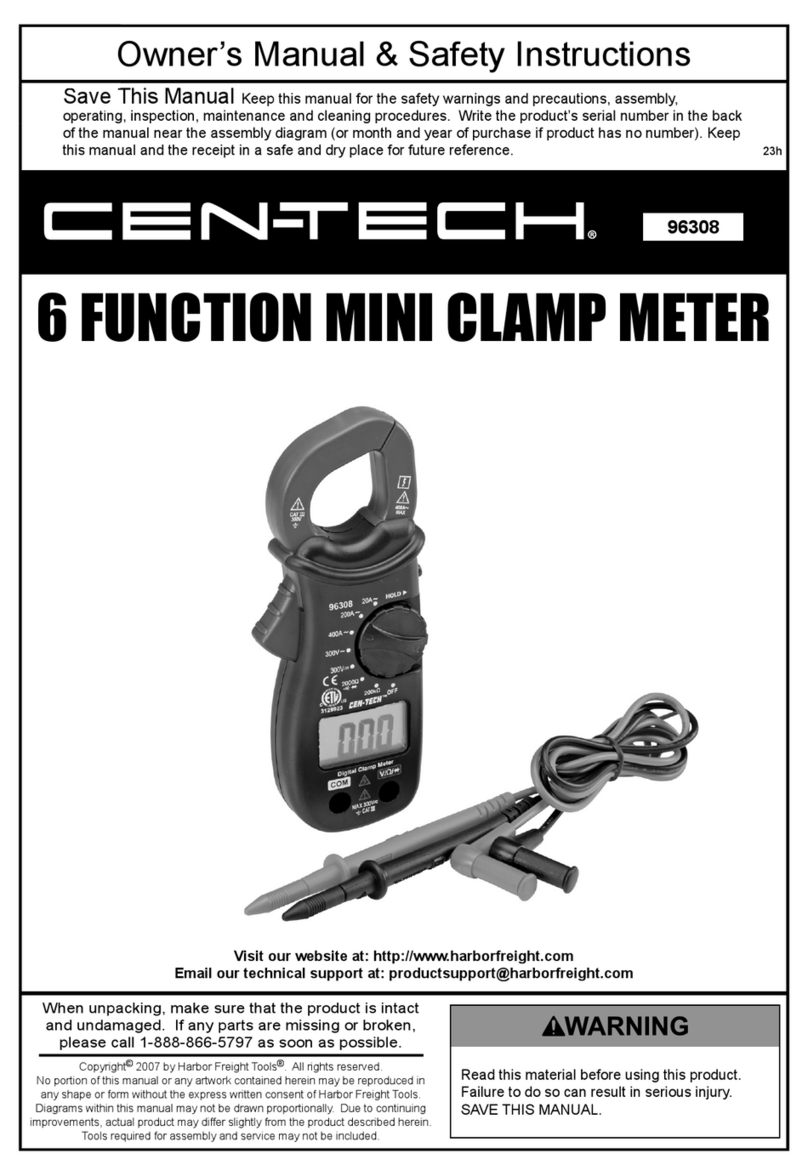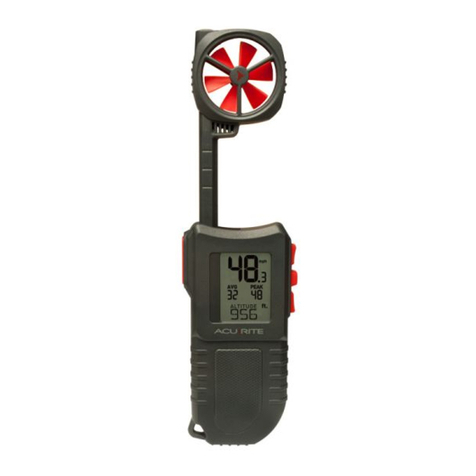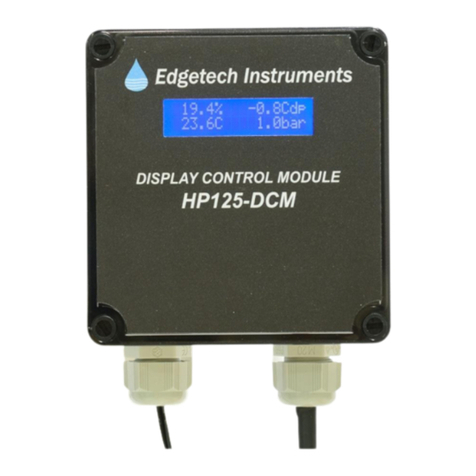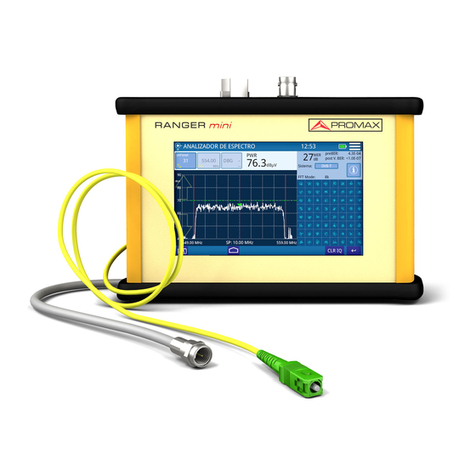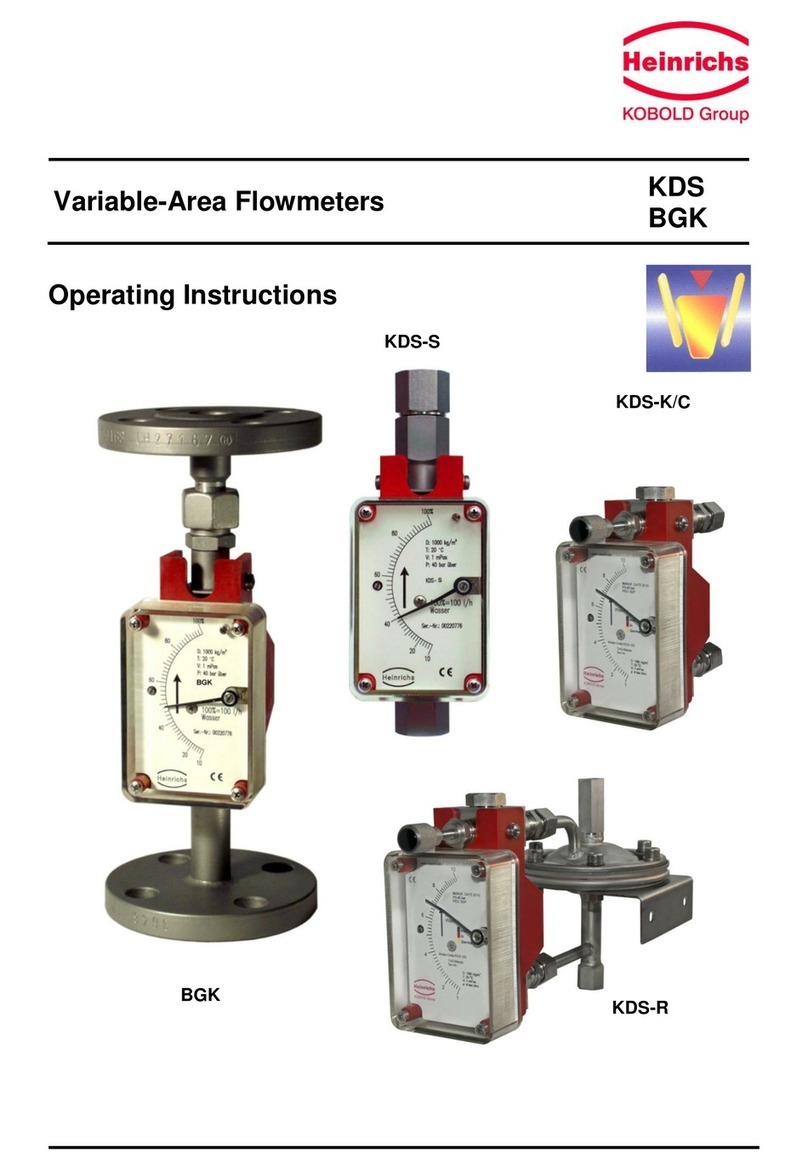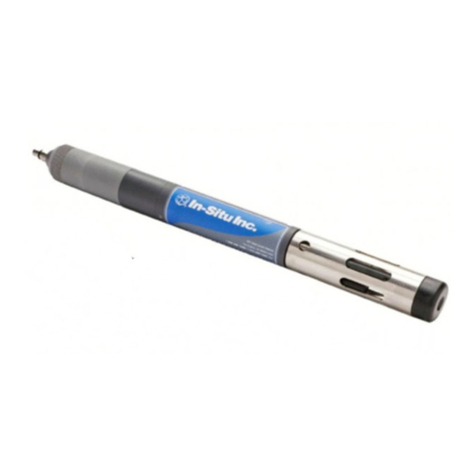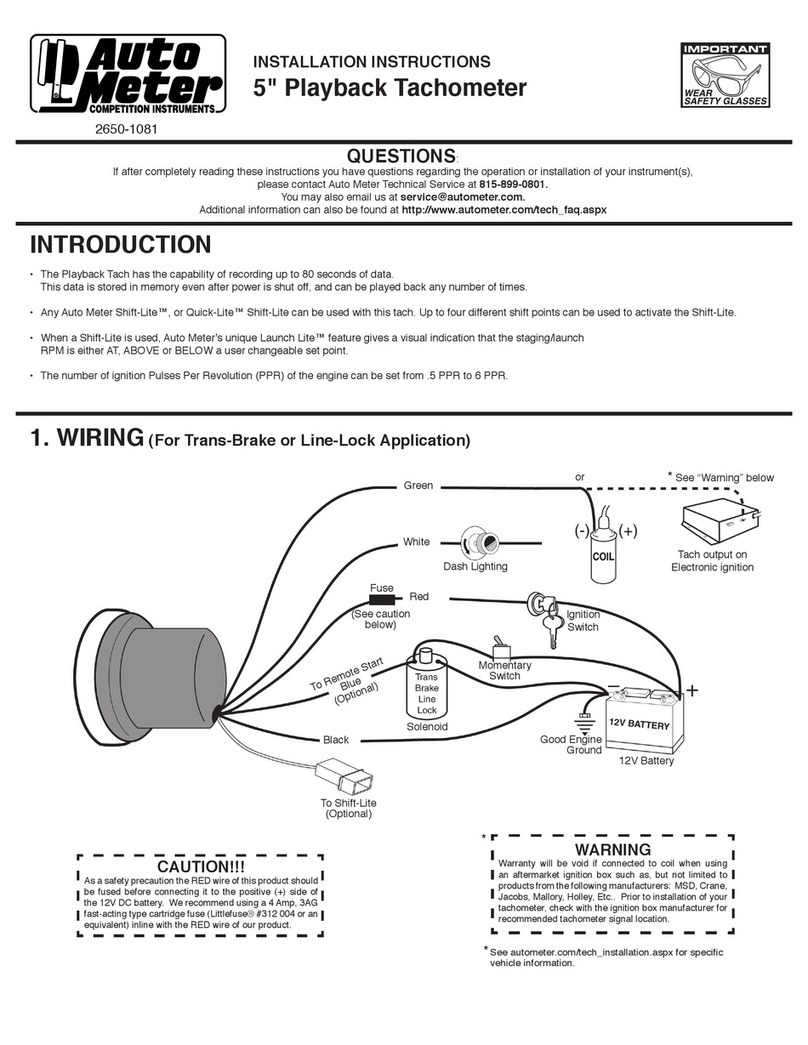ZERO:
0-10 CENTIBARS:
10-20 CENTIBARS:
20-40 CENTIBARS:
40-60 CENTIBARS:
60-80 CENTIBARS:
CENTIBARS OF SOIL
SUCTION
SOILMOISTURE EQUIPMENT CORP
Santa Barbara, CA USA
90
80
70 60 50 40
30
20
10
0
DRY
WET
100
D
O
N
O
T
F
R
E
E
Z
E
SOILMOISTURE
CENTIBARS OF SOIL
SUCTION
SOILMOISTURE EQUIPMENT CORP
Santa Barbara, CA USA
90
80
70 60 50 40
30
20
DRY
WET
100
10
0
D
O
N
O
T
F
R
E
E
Z
E
SOILMOISTURE
CENTIBARS OF SOIL
SUCTION
SOILMOISTURE EQUIPMENT CORP
Santa Barbara, CA USA
90
80
70 60 50 40
30
20
DRY
WET
100
10
0
D
O
N
O
T
F
R
E
E
Z
E
SOILMOISTURE
CENTIBARS OF SOIL
SUCTION
SOILMOISTURE EQUIPMENT CORP
Santa Barbara, CA USA
90
80
70 60 50 40
30
20
DRY
WET
100
10
0
D
O
N
O
T
F
R
E
E
Z
E
SOILMOISTURE
CENTIBARS OF SOIL
SUCTION
SOILMOISTURE EQUIPMENT CORP
Santa Barbara, CA USA
90
80
70 60 50 40
30
20
DRY
WET
100
10
0
D
O
N
O
T
F
R
E
E
Z
E
SOILMOISTURE
CENTIBARS OF SOIL
SUCTION
SOILMOISTURE EQUIPMENT CORP
Santa Barbara, CA USA
90
80
70 60 50 40
30
20
DRY
WET
100
10
0
D
O
N
O
T
F
R
E
E
Z
E
SOILMOISTURE
A gauge reading of zero means the
surrounding soil is completely saturated
with water, regardless of the type of soil.
Zero readings can be expected after a
heavy rain or deep irrigation. If the zero
reading persists after a long
period of time, there will be oxygen
starvation to plant roots and develop-
ment of diseases. A persistent zero
reading after irrigation indicates poor
drainage conditions which should be
investigated and corrected.
Gauge readings in the range of 0-10cb
indicated a surplus of water for plant
growth. Water held by the soil in this
range drains off within a few days.
Persistent readings in this range
indicate poor drainage conditions
which should be corrected to obtain
healthy plant growth.
Gauge readings in the range of 10-20cb
indicate that there is ample moisture
and also air in the soil for healthy plant
growth in all types of soils. This range is
often referred to as the “field capacity”
range for soils, which means that the
soil has reached its “capacity” and
cannot hold anymore water for future
plant growth. When soils are at “field
capacity”, any additional water that is
added drains out of the root zone within
a day or two—before it can be used by
the growing plant. If irrigation has been
in process, it should be stopped when
gauge drops to this level, since any
further additional water will be quickly
drained from the root zone and wasted,
carrying with it valuable fertilizer.
Available moisture and aeration good
for plant growth.
HEAVY CLAY SOILS: No irrigation
required.
MEDIUM TEXTURED SOILS: No
irrigation required.
SANDY SOILS: Irrigation started for
coarser sandy soils in the 20-30 cb
range. For finer sandy soils in the
30-40 cb range.
Available moisture and aeration are
good for plant growth in finer textured
soils.
HEAVY CLAY SOILS: No irrigation
required.
MEDIUM TEXTURED SOILS: Irriga-
tion started in this range. The finer the
texture the higher the reading before
start of irrigation.
SANDY SOILS: Too dry. Hot windy
conditions can force soil suction to
high reading quickly and damage
plants.
Readily available moisture scarce,
except in heavy clay soils.
HEAVY CLAY SOILS: Start of irriga-
tion desirable as soil suction values
reach 70-80 cb.
MEDIUM TEXTURED SOILS: Too
dry. Hot, windy conditions can force
soil suction to high reading quickly
and damage plants.
SANDY SOILS: Too dry. Damage to
plants will occur before irrigation can
be applied.




















